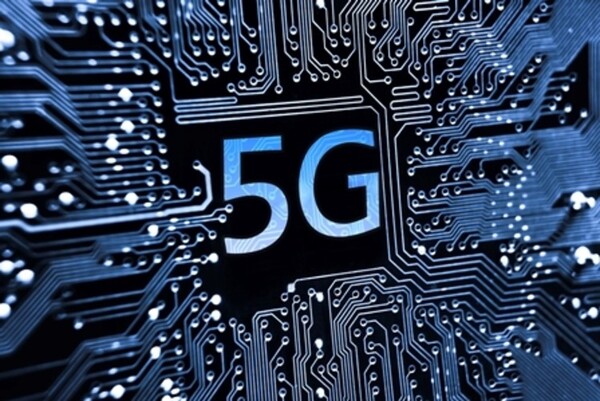
Like other industry commentators, my fundamental viewpoint is that 5G will be a “network of networks.” Network densification involving macro sites, in-building wireless, metro cells and small cells will continue on the way to 5G. This densification adds more complexity to wireless networks and demands ever more sophisticated infrastructure solutions. Managing these multiple network layers efficiently is becoming ever more important to deliver 5G speeds and throughput.
If 5G is really going to deliver speeds that are up to 1,000 times faster than the 4G we use today, it needs to utilize the spectrum it will travel over more effectively. Like the journeys to 3G and 4G, the RF path will be critical to the arrival at ‘Destination 5G,’ as will be the need for a high signal to noise ratio (SNR) to ensure a robust data service. This ratio has become increasingly important as the demands for high speed data increase.
New multi-antenna technologies, such as Massive MIMO systems, are considered the most likely candidates to significantly improve spectral efficiency in 5G networks. Implementing MIMO with large scale antenna arrays, typically with 64 or more transceiver elements, is expected to increase the capacity of a cell well beyond what is achievable today. Large scale antenna systems become more practical in terms of size at higher frequencies, where the wavelengths become shorter. These antennas are likely to be an important technology in spectrum bands above 2GHz and in TDD spectrum where handset feedback is not needed.
5G will require adding more spectrum while continuing to support previous air-interface technologies and managing multiple frequency bands. Ever more sophisticated RF beamforming and interference mitigation technologies will need to be utilized. Advanced self-organizing network (SON) capabilities in addition to core network architecture changes will be needed. The core network architecture will take advantage of new networking paradigms such as network function virtualization (NFV) and software defined networking (SDN). Operators will also use advanced analytic tools in order to automatically optimize their networks.
5G is often linked together with the concept of the Internet of Things (IoT). In the IoT concept, a multitude of sensors, meters and other machines will connect wirelessly to the Internet to create more value and efficiency across a host of applications. These machine to machine (M2M) connections will add to the data load put onto wireless networks, and will further push the need for more capacity.
As with each of the G’s before it, no one can say with certainty what 5G will be until it is fully defined and standardized. One thing is for certain though — complexity is not going away. The RF path to 5G will bring more challenges, and operators need expert advice for delivering optimal user experiences cost-effectively.







